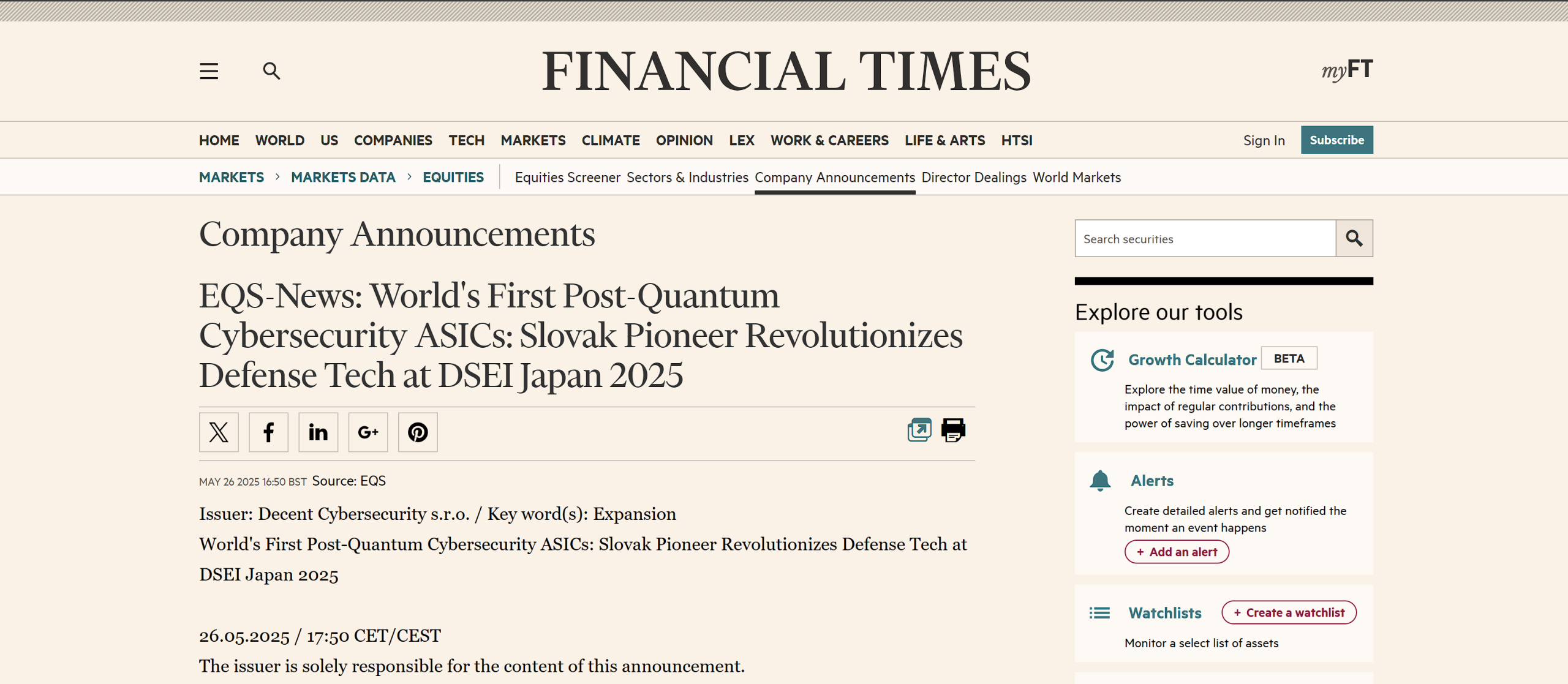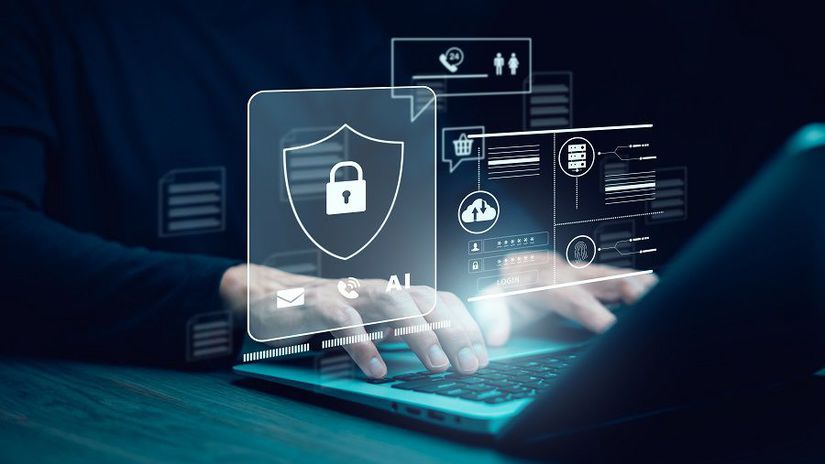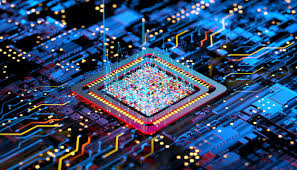In the post-quantum era, the defense industry faces unprecedented challenges and opportunities in cybersecurity. As quantum computing advances, it brings both potent tools for safeguarding data and formidable capabilities for breaching existing security systems. This article examines the evolution of cybersecurity measures in the defense industry, focusing on the adaptations and innovations necessitated by the quantum computing revolution.
Quantum Computing: Transforming Cybersecurity in Defense
Quantum computing’s ability to process vast amounts of data at speeds unattainable by classical computers fundamentally changes the cybersecurity landscape. For the defense industry, this means re-evaluating and upgrading security protocols to withstand potential quantum attacks, which could undermine traditional cryptographic defenses.
Adapting Cybersecurity for Quantum Threats
Quantum-Resistant Cryptography: The most immediate response to quantum threats is the development and implementation of quantum-resistant cryptographic algorithms. These algorithms, based on complex mathematical problems difficult for quantum computers to solve, are essential for securing sensitive defense communications and data.
Hybrid Security Models: Combining quantum-resistant algorithms with existing cryptographic methods offers a transitional path to quantum-safe security. This approach ensures robust protection against both classical and quantum computing threats.
Secure Quantum Communication: Leveraging the principles of quantum mechanics, such as quantum key distribution (QKD), the defense industry can establish ultra-secure communication channels that are theoretically immune to interception or decryption by quantum methods.
Challenges and Strategic Considerations
Infrastructure Overhaul: Integrating quantum-resistant technologies into existing defense networks requires a significant overhaul of infrastructure, a challenge compounded by the scale and complexity of defense systems.
Global Security Dynamics: The uneven advancement in quantum computing capabilities across different countries could shift global security dynamics, necessitating new strategies in international defense relations and cybersecurity cooperation.
Balancing Confidentiality and Operational Efficiency: Implementing advanced quantum-safe measures must be balanced against operational efficiency. Overly complex systems could hinder rapid response and decision-making, a critical aspect of defense operations.
Continuous Evolution: Cybersecurity in the defense sector must continuously evolve to keep pace with quantum computing developments. This requires ongoing research, development, and training to adapt to new threats and technologies.
Conclusion
The post-quantum evolution of cybersecurity in the defense industry is not just an upgrade of existing protocols but a comprehensive transformation of security strategies and infrastructures. As quantum computing reshapes the cybersecurity landscape, the defense industry must stay ahead of the curve in developing and implementing advanced, quantum-resistant measures. This ongoing process involves addressing technological, operational, and strategic challenges, ensuring that defense networks remain impervious to emerging threats in an increasingly quantum-dominated world. The future of defense cybersecurity lies in embracing innovation, fostering collaboration, and maintaining agility in the face of rapid technological change.





